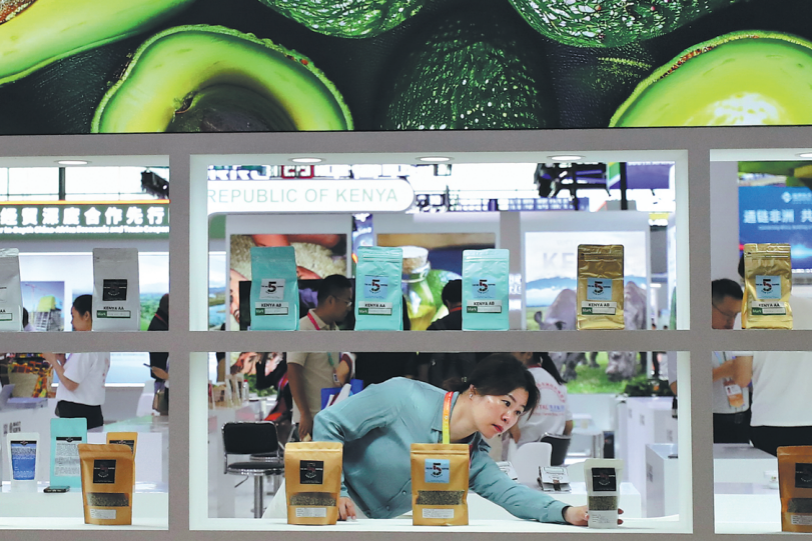Pharma firms pin hopes on lower-tier areas

With policies on new drug access reform and medical insurance negotiations, multinational pharmaceutical firms are stepping up efforts to introduce innovative drugs, expand accessibility and penetrate into grassroots level markets in China.
As early as in 2015, the State Council issued a guideline on the reform of drug and medical equipment access. In 2017, the central government launched guidance on deepening drug and medical equipment access reform, further promoting drug innovation.
Sun Xianze, president of the Chinese Pharmaceutical Association, said that great progress in drug access reform had been made in recent years.
Therefore, international pharmaceutical firms are grasping the great opportunity to introduce innovative drugs to China. California-based Gilead Sciences Inc got approval for seven innovative medicines from the National Medical Products Administration within two years-an unexpectedly good result for an international biopharmaceutical firm.
"During the past three years, China experienced great transformation in drug access, which promoted the research and development of new drugs, and helped to build a healthy drug ecology," said Rogers Luo, vice-president of Gilead and general manager of Gilead China.
During the second China International Import Expo, the drug and medical equipment demonstration zone was one of the earliest zones that was registered to the full, attracting 70 percent of the world's top 500 drug companies. The demonstration zone took up 45,000 square meters, 50 percent larger than that during the first CIIE.
Industry experts noted that this demonstrated that multinational drug companies have attached increasing importance to the Chinese market in recent years.
After innovative drugs are introduced to China, the next step is addressing accessibility. On Nov 28, the National Healthcare Security Administration announced a total of 70 new drugs that will be included in China's national medical insurance catalog, with their prices slashed by 60.7 percent on average.
Most of the additions are new drugs of high clinical value that can be used to treat multiple diseases including cancer, diabetes and tuberculosis, and the prices of most imported drugs will be set at the lowest in the world, said Xiong Xianjun, a senior official with the NHSA.
After the price reduction and medical insurance reimbursements, the financial burden on patients will be eased by more than 80 percent, Xiong added.
However, it still takes time for the innovative drugs to be included in the medical insurance system. Therefore, multinational firms are also exploring other payment options, such as business insurance cooperation, which is more flexible than government medical insurance.
In 2018, when pembrolizumab, an anti-PD-1 therapy was introduced to China for four months, it was included into the supplementary medical insurance for severe and serious diseases in Shenzhen, Guangdong province. The insurance was undertaken by Ping An Insurance (Group) Co and was purchased by the Shenzhen government through bidding.
Ever since 2019, the national centralized procurement pilot program became the major policy factor that influenced the strategies of multinational pharmaceutical firms in China. According to a report issued by Ernst& Young in April, the era when multinational pharmaceutical companies can maintain a high premium in China will end. In addition to introducing innovative drugs, entering markets in third-to fifth-tier cities and rural counties has become increasingly important for them.
The report said that patients suffering from chronic diseases such as cardiovascular disease and diabetes are mainly from such areas, which shows the need for greater drug accessibility. In addition, for those medicines that lost a bid in the procurement pilot program, only through entering these areas can they expand their markets.
The fact that multinational pharmaceutical firms are penetrating into such areas can be seen from the second CIIE. In October, Plavix, a cardiovascular medicine manufactured by French pharmaceutical giant Sanofi, won a bid in the procurement pilot program. On Nov 6, the company demonstrated a county-level program based on Plavix during the second CIIE.
"The grassroots level has played an increasingly important role in the healthcare sector in recent years, where a great amount of the public go to see a doctor. This is why foreign pharmaceutical enterprises are cooperating with county-level medical institutions," said Wu Suwei, a senior official with the Chinese Medical Doctor Association.































